The IoT Odyssey: From Smart Homes to a Smarter Future
Introduction
The Internet of Things (IoT) has grown from a buzzword to a transformative force shaping our world. What started as simple innovations like smart thermostats and automated lighting systems has now evolved into a network of interconnected devices revolutionizing industries and enhancing human life. This blog takes you on an exciting journey through the evolution of IoT, exploring its origins, expansion across industries, and the futuristic innovations it promises.
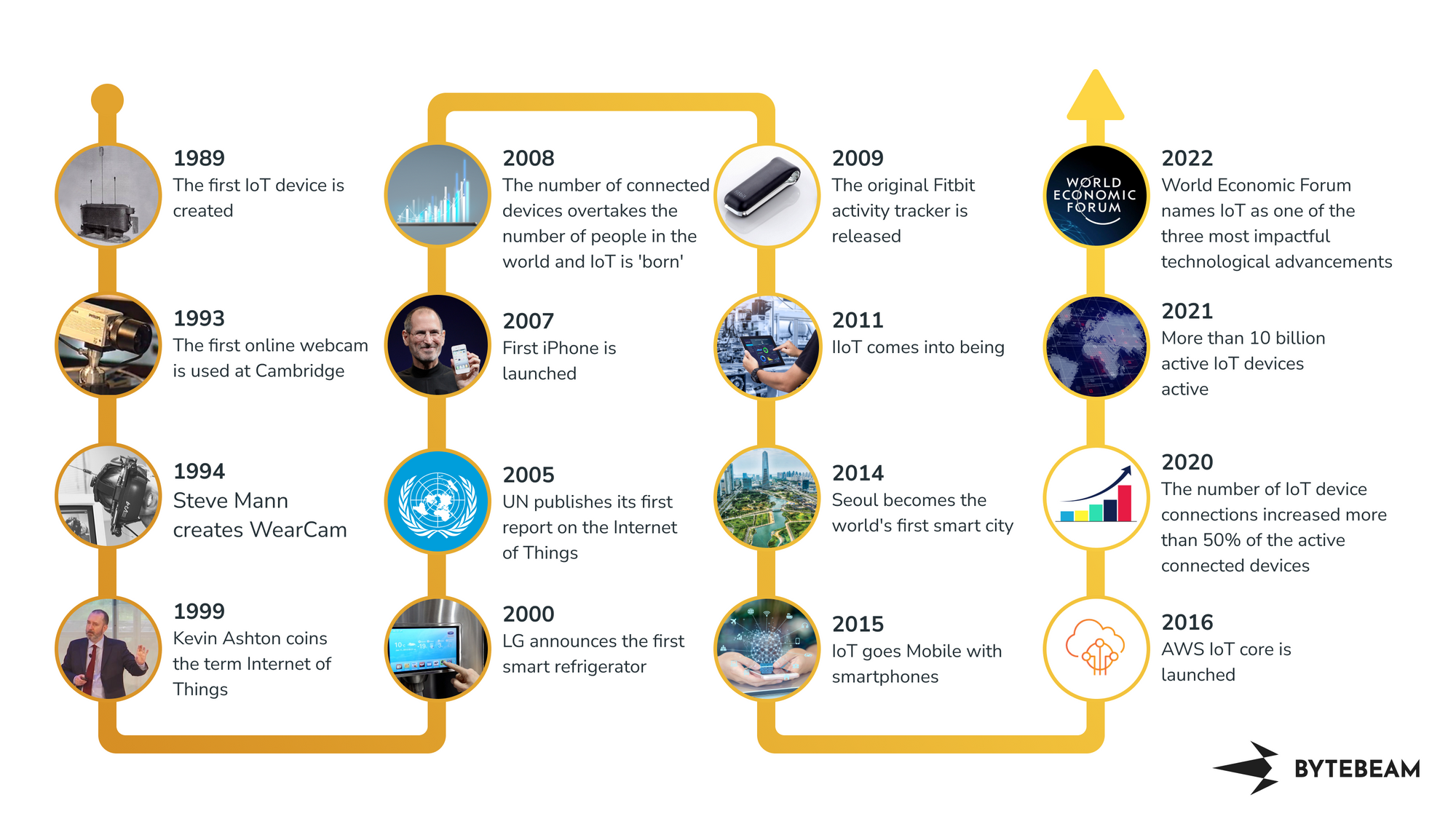
The Early Days: IoT in Smart Homes
The journey of IoT began in our homes, where the concept of connecting devices to the internet brought automation and convenience. Early innovations like Nest thermostats, Philips Hue smart lighting, and Amazon Alexa showed how IoT could simplify daily routines. These devices not only improved energy efficiency but also provided a glimpse of the immense potential IoT held.
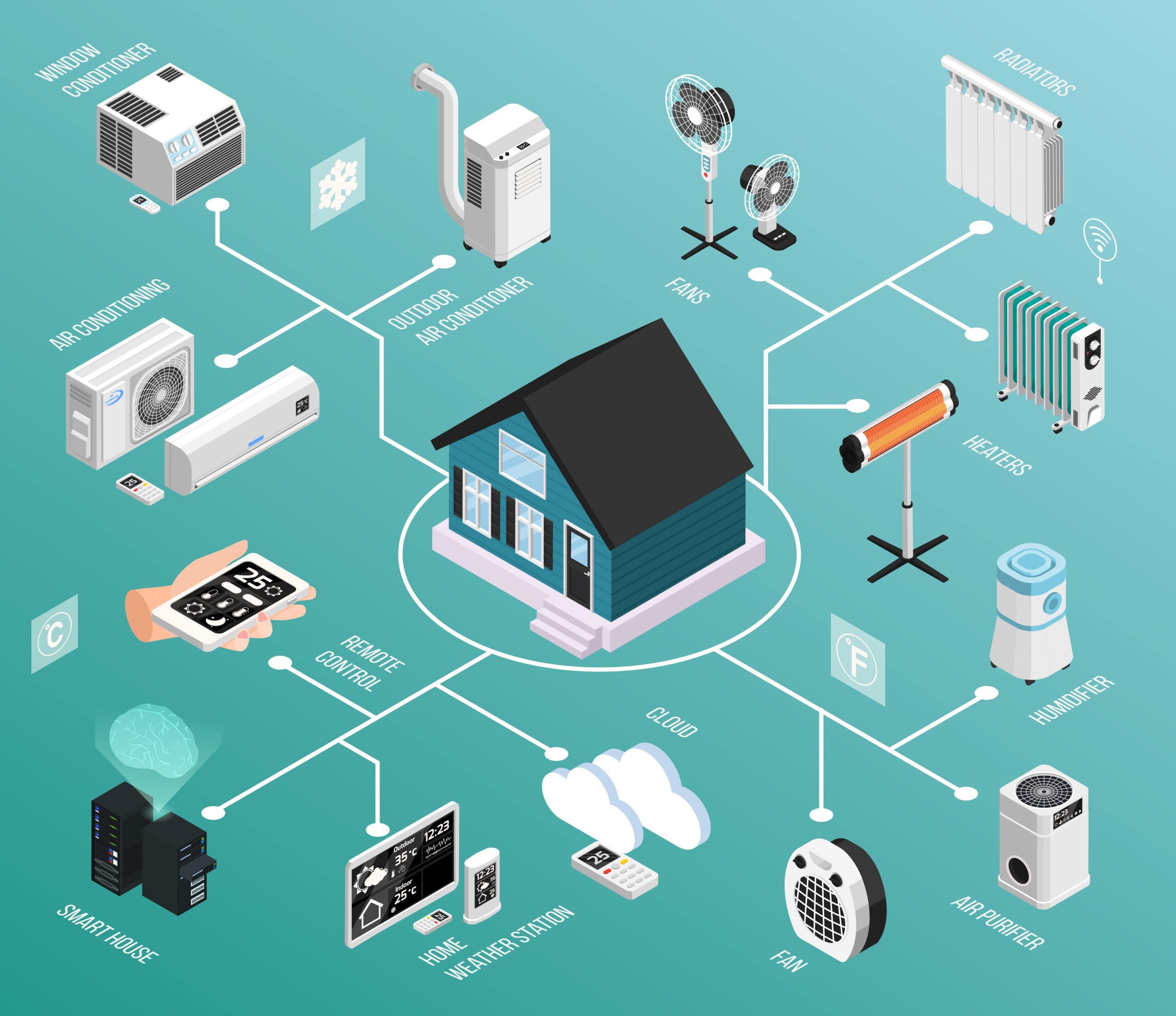
Smart homes became a cornerstone for IoT adoption, offering features like remote control of appliances, security systems with IoT-enabled cameras, and voice-activated assistants. These advancements laid the foundation for IoT’s expansion beyond homes.
IoT Expands to Consumer Electronics
As IoT matured, it extended into consumer electronics, making personal devices smarter and more interactive. Wearables like Fitbit and Apple Watch exemplify how IoT brought health tracking and convenience to our wrists. IoT-enabled appliances, such as refrigerators that notify you of low groceries or ovens you can preheat via smartphone, further showcased IoT’s versatility.
This phase solidified IoT’s position as a technology integral to modern life, setting the stage for its foray into more complex domains.
IoT in Transportation
The transportation industry quickly embraced IoT, transforming how we move and manage vehicles. Connected cars equipped with IoT sensors enabled real-time diagnostics, predictive maintenance, and enhanced safety features. Companies like Tesla leveraged IoT to create autonomous driving systems and over-the-air software updates.
IoT also revolutionized fleet management and logistics, with real-time vehicle tracking and smart traffic management systems reducing delays and improving efficiency. Ride-sharing platforms like Uber and Ola exemplify how IoT seamlessly integrates with mobile technology to enhance user experiences.
Industrial IoT (IIoT)
IoT’s integration into industries marked the advent of Industry 4.0. Smart factories used IoT sensors for predictive maintenance, reducing downtime and optimizing production processes. Supply chain management benefited from real-time tracking, while robotics and automation enhanced precision and productivity.

Industrial IoT has transformed manufacturing, energy, and construction, demonstrating IoT’s capability to reshape traditional industries into tech-driven ecosystems.
IoT in Smart Cities
Urban areas adopted IoT to create smarter, more efficient cities. IoT-enabled infrastructure, such as smart grids, waste management systems, and public transportation networks, improved resource utilization and enhanced urban living.

Cities like Seoul, Singapore and Barcelona stand as pioneers of smart city initiatives, showcasing how IoT can integrate seamlessly into urban planning. From smart parking systems to air quality monitoring, IoT has become a crucial tool for building sustainable communities.
IoT in Surveillance and Security
IoT significantly improved surveillance and security systems by enabling real-time monitoring and advanced analytics. Home security systems like Ring and Nest cameras allowed homeowners to monitor their properties remotely.
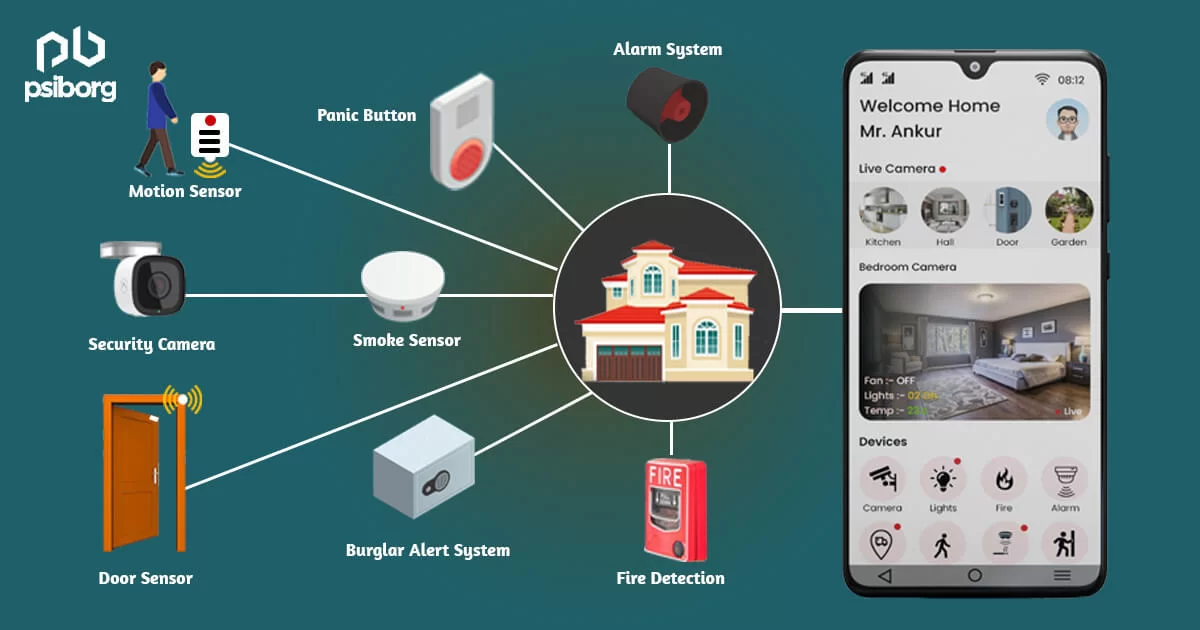
On a larger scale, IoT-powered surveillance cameras, drones, and biometric access systems enhanced public safety and crime prevention. These advancements have made both homes and cities more secure.
IoT in Healthcare
Perhaps one of the most impactful applications of IoT has been in healthcare. Wearable devices such as ECG monitors and fitness trackers enable real-time health tracking, while IoT-enabled hospital equipment allows for remote patient monitoring.
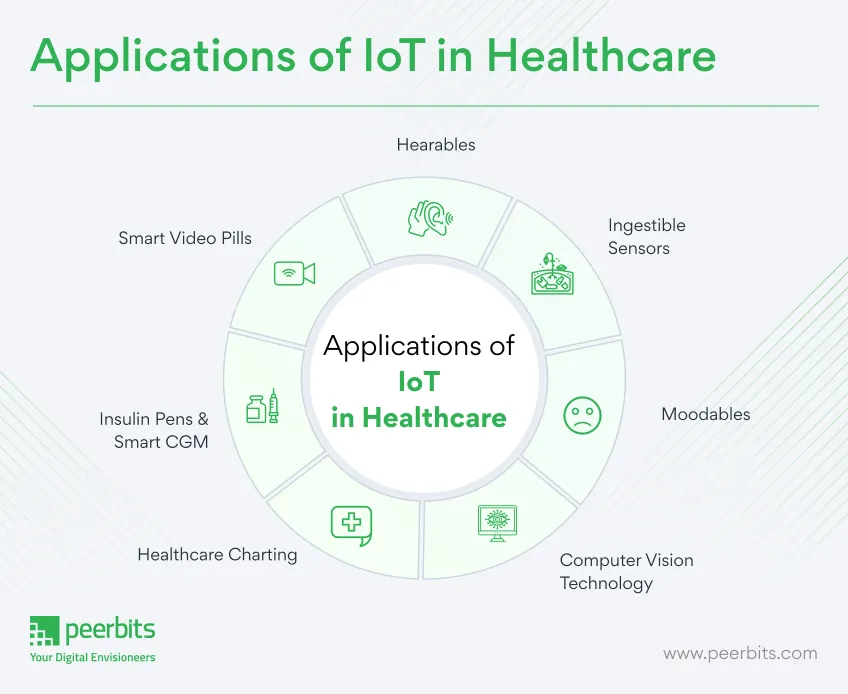
Telemedicine platforms have further revolutionized healthcare delivery, ensuring timely care for patients in remote locations. IoT’s integration into healthcare has improved patient outcomes, facilitated early diagnosis, and personalized treatments.
IoT in Agriculture and Sustainability
In agriculture, IoT has enabled precision farming by using sensors to monitor soil moisture, weather conditions, and crop health. IoT-powered irrigation systems optimize water usage, while drones equipped with IoT devices assist in crop monitoring and pest control.
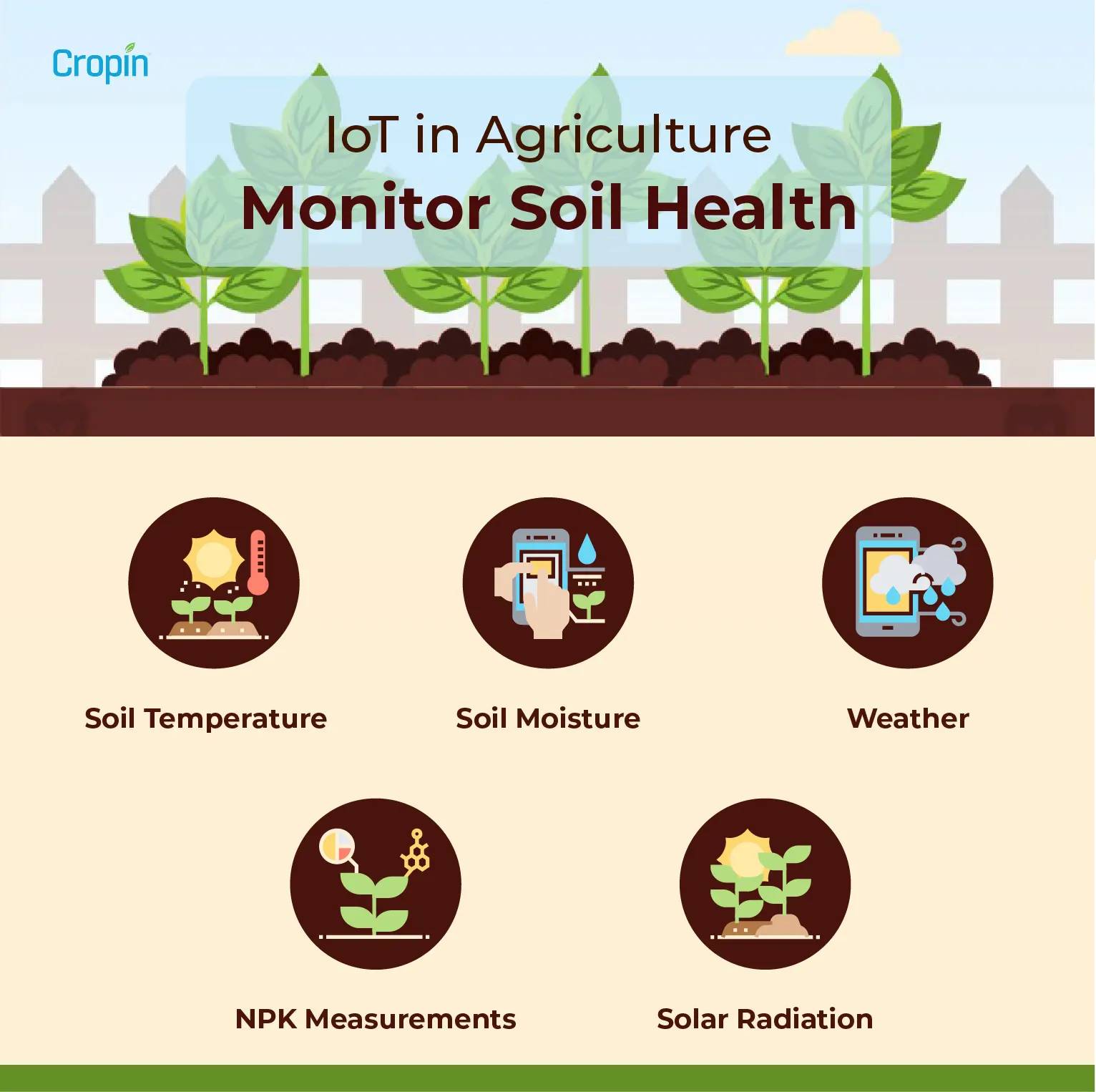
These advancements have increased yields, reduced resource wastage, and promoted sustainable farming practices, addressing critical challenges in food production.
Challenges in IoT Evolution
Despite its widespread adoption, IoT faces challenges such as:
Privacy and Security Concerns: With billions of devices connected, securing data remains a significant hurdle.
Scalability and Interoperability: Ensuring seamless integration among diverse IoT devices is complex.
Ethical Issues: Questions around data ownership and usage continue to arise.
Addressing these challenges is vital for IoT’s continued growth and acceptance.
The Future of IoT: A Smarter Tomorrow
Looking ahead, IoT is poised to become even more transformative. Emerging trends include:
AI-Powered IoT: Combining artificial intelligence with IoT for smarter decision-making and automation.
Edge Computing: Decentralized processing for faster and more efficient IoT operations.
5G Networks: Ultra-low latency and high-speed connectivity for IoT devices.
Blockchain Integration: Enhancing IoT security through decentralized and tamper-proof systems.
IoT’s future promises seamless integration into every aspect of human life, from smarter homes to intelligent cities, personalized healthcare, and beyond.
Conclusion
The IoT Odyssey is a testament to the power of connectivity. From humble beginnings in smart homes to revolutionizing industries like healthcare, transportation, and agriculture, IoT has reshaped our world. As we look toward a future powered by AI, 5G, and blockchain, the potential of IoT remains boundless. This journey is far from over—it’s just the beginning of a smarter, more connected tomorrow.
What are your thoughts on IoT’s journey? Share your insights and join the conversation on the future of connectivity!
Comments
Post a Comment